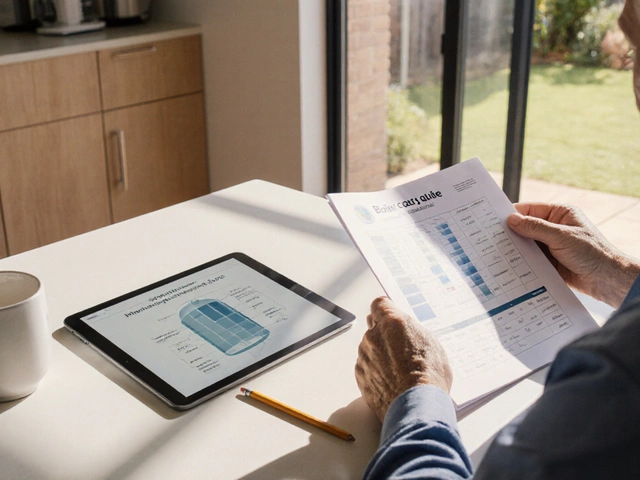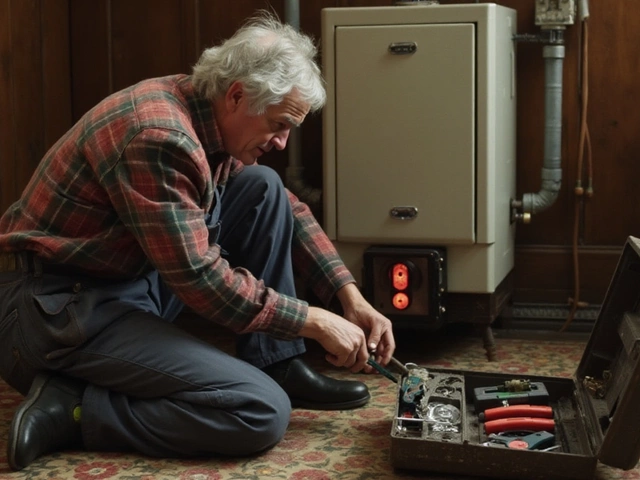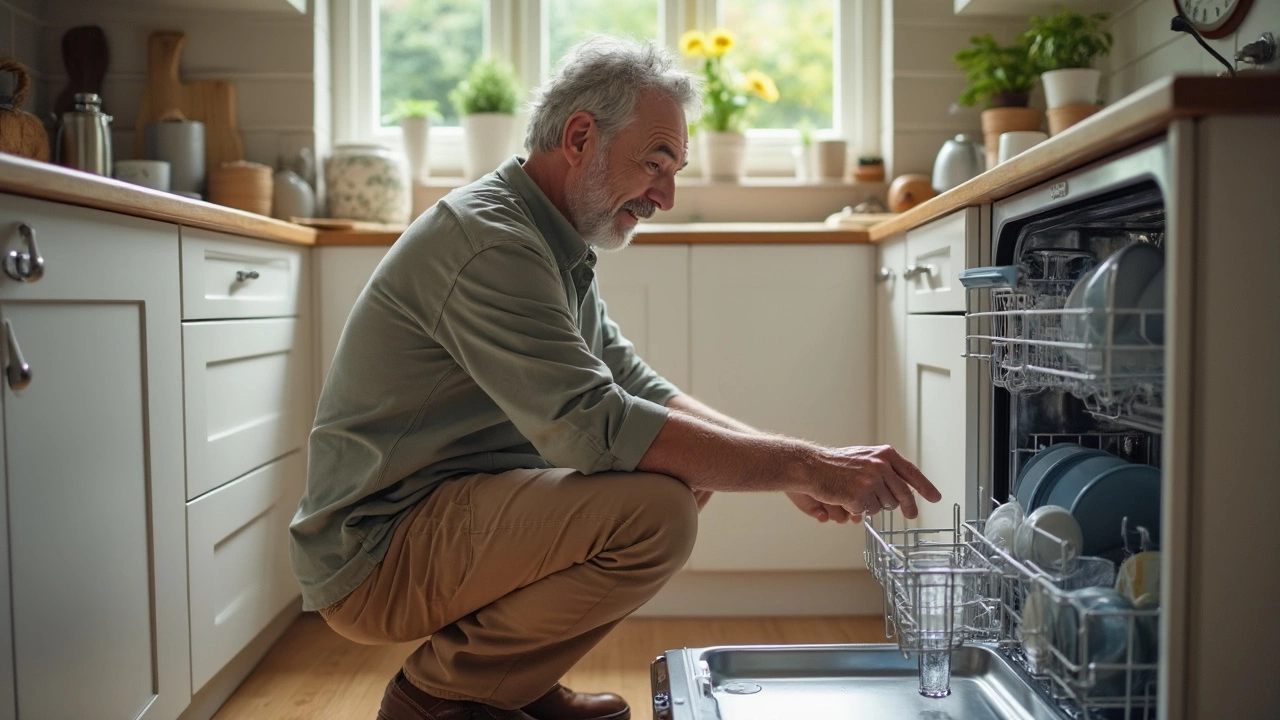Dishwasher Drain Issues: Simple Fixes You Can Try Today
If your dishwasher is leaving puddles on the floor or dishes still wet, the drain is likely the culprit. Most of the time the problem is a blockage you can clear yourself, but sometimes a part needs replacing. Below you’ll find the most common reasons a dishwasher won’t drain, step‑by‑step DIY solutions, and clear signs it’s time to call a professional.
Why Your Dishwasher Drain Gets Stuck
Food particles, grease, and broken glass are the usual suspects. Over time they build up in the drain hose, the filter, or the pump impeller. A misaligned hose can also cause water to flow back into the tub instead of out the drain.
Another frequent cause is a clogged air gap (if your home has one). The air gap prevents dirty water from flowing back into the dishwasher, but when it’s full of debris it acts like a plug.
Quick DIY Checks Before You Call a Technician
1. Clean the filter. Open the dishwasher, locate the filter at the bottom, and twist it out. Rinse under warm water and remove any food bits. A clean filter often restores proper drainage.
2. Inspect the drain hose. Pull the hose from the dishwasher and the sink connection. Look for kinks or visible clogs. If you see buildup, detach the hose (have a bucket ready) and flush it with hot water and a cup of baking soda followed by vinegar.
3. Check the pump. Remove the bottom panel (make sure the power is off). The pump has a small impeller that can get jammed by glass shards or bone fragments. Gently rotate the impeller with a stick; if it spins freely, the pump is likely fine.
4. Test the air gap. If your kitchen has an air gap on the sink, remove the cap and clean any debris. Run water through it to ensure it flows freely.
5. Run a cycle with vinegar. Pour a cup of white vinegar into the bottom of the empty dishwasher and run a hot wash. The acidity helps dissolve lingering grease.
If after these steps the dishwasher still won’t drain, you may be dealing with a faulty drain pump or a broken timer. Both require tools and parts that most homeowners aren’t comfortable handling.
When you notice any of the following, don’t waste time guessing:
- Persistent standing water after the cycle ends
- Unusual humming or clicking sounds from the bottom of the unit
- Foul odors even after cleaning the filter
- Visible leaks around the hose connections
These clues point to a mechanical failure that a qualified repair technician can diagnose and fix quickly.
Remember, safety first: always disconnect the power and turn off the water supply before pulling any parts apart. A few minutes of careful work can save a costly service call, but if you’re unsure, it’s better to let a pro handle the repair.
At Rugby Appliance Repair Services we specialize in dishwasher drain problems. Whether it’s a simple clog or a broken pump, our technicians arrive promptly, diagnose the issue, and get your machine back to working order. Give us a call today for same‑day service and keep your kitchen running smoothly.






